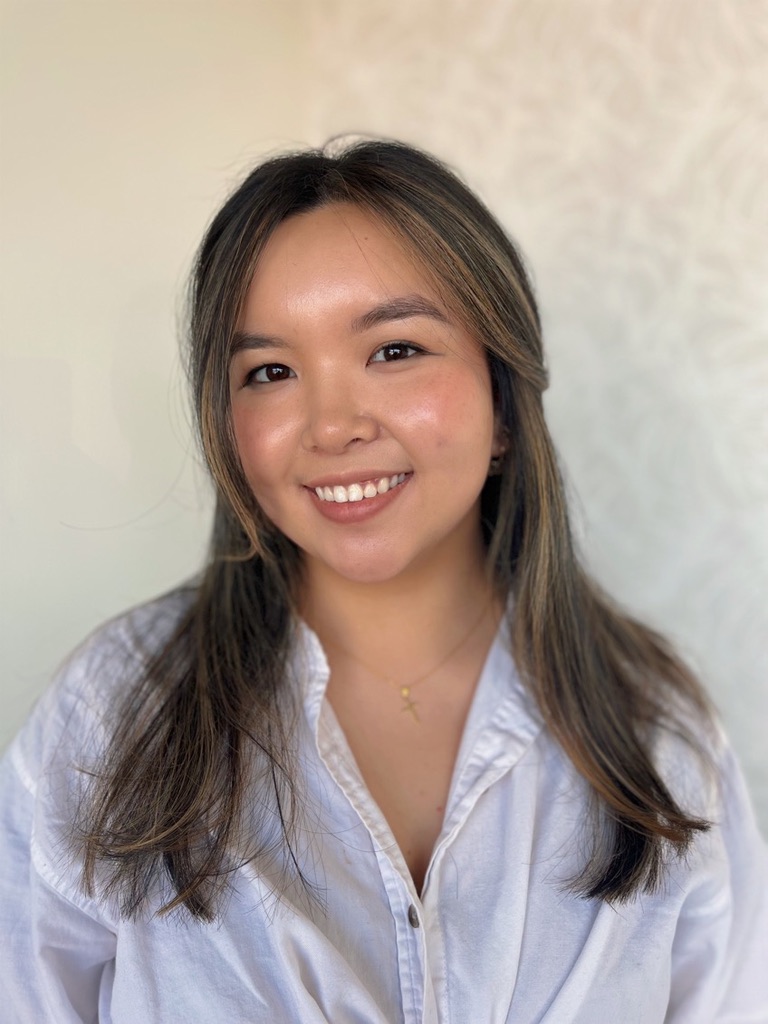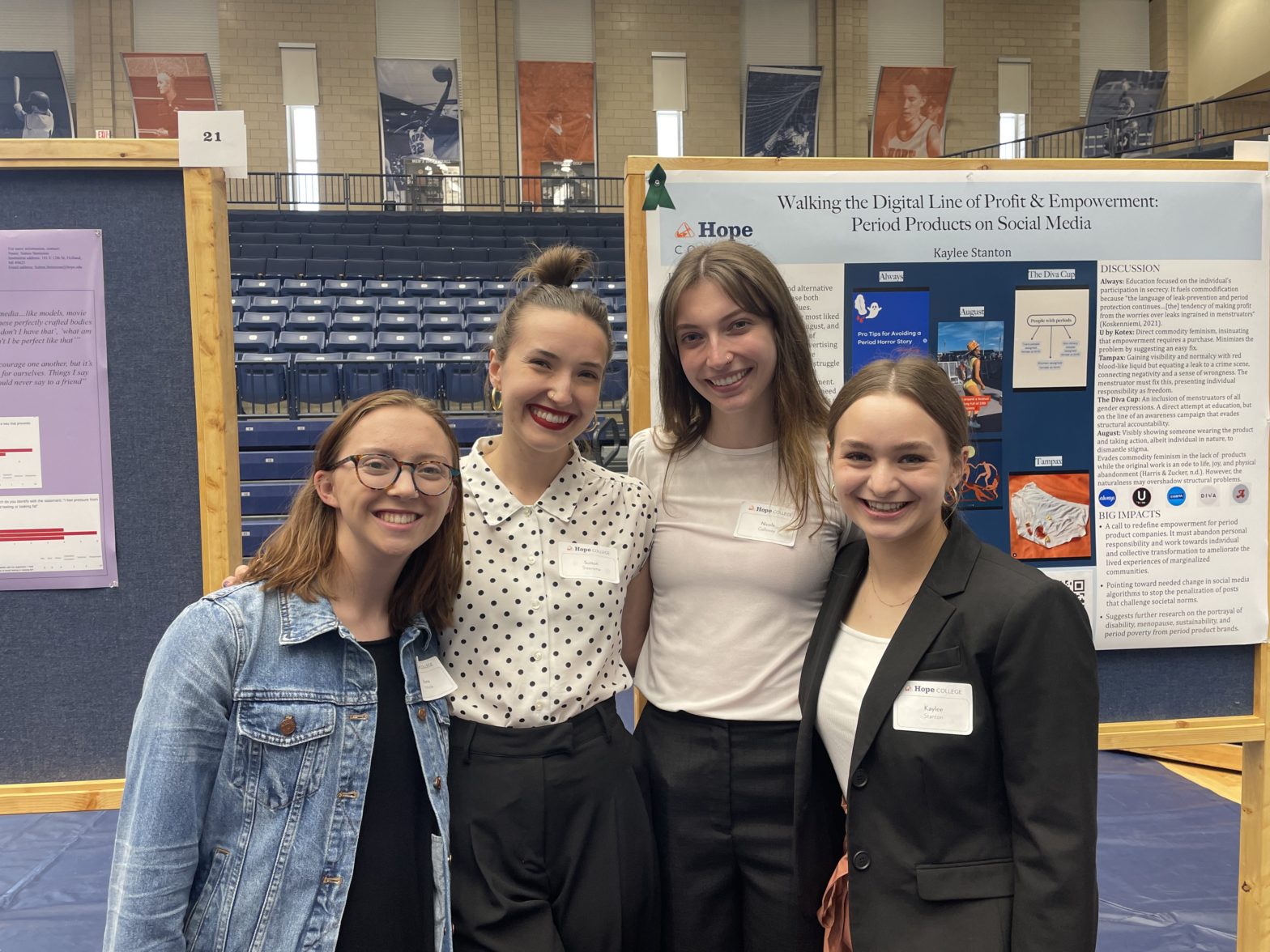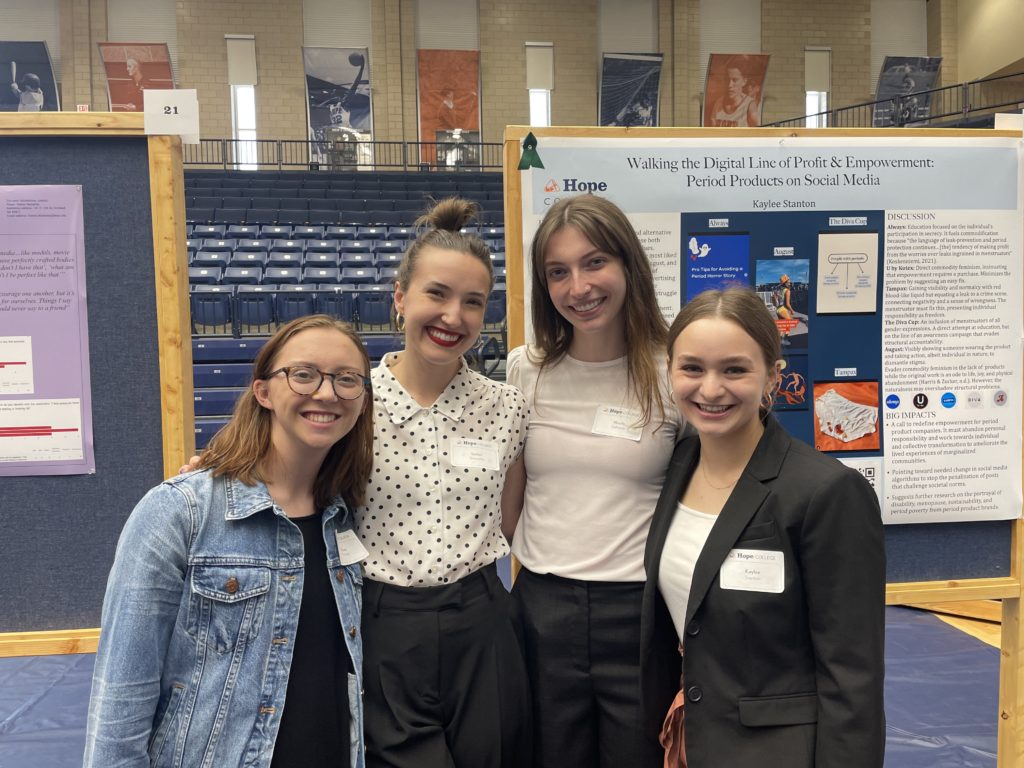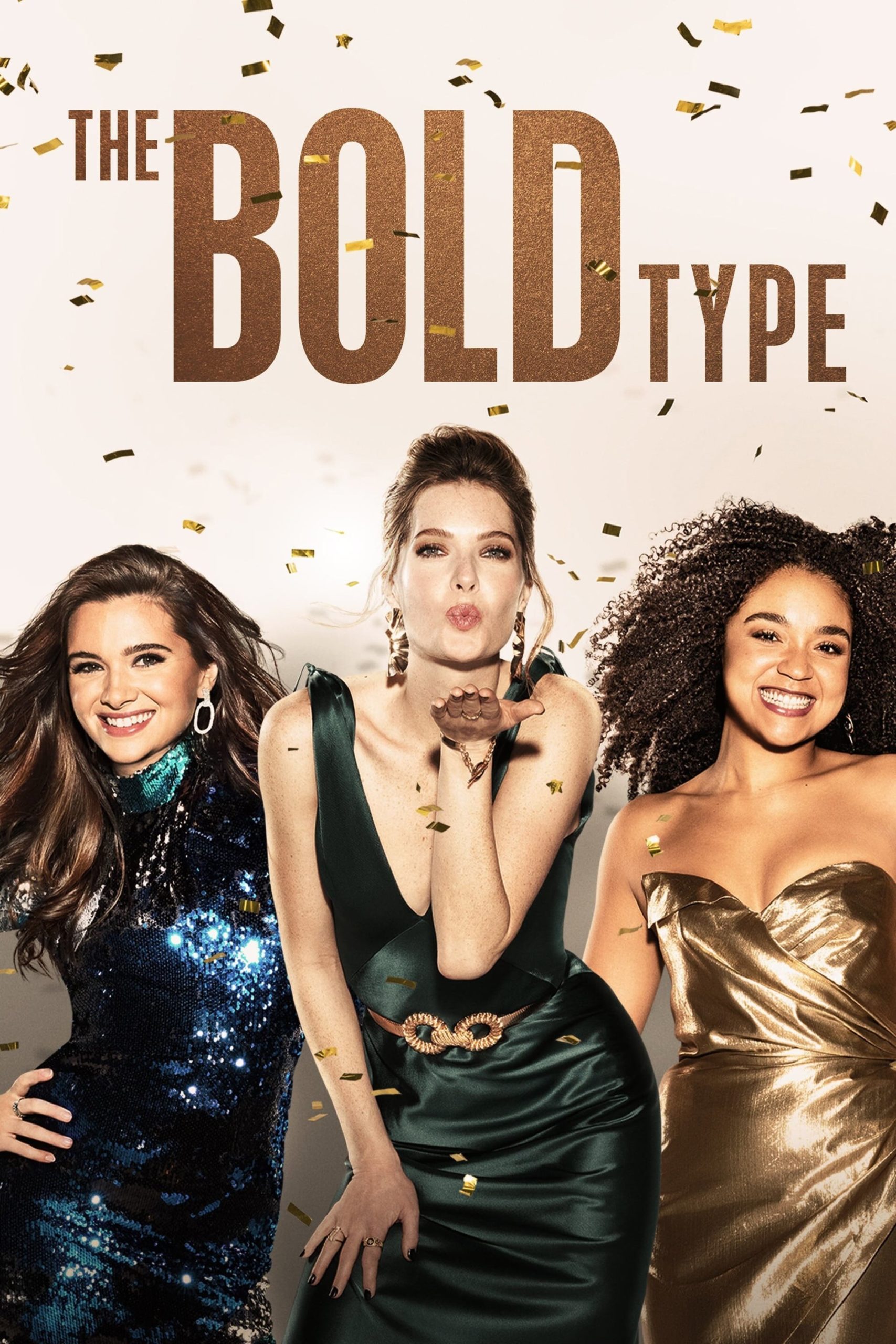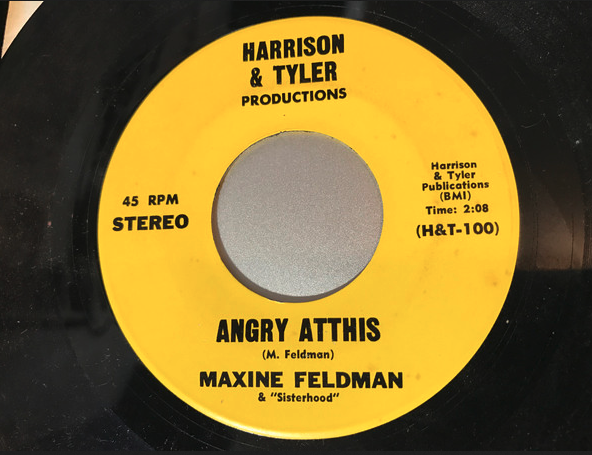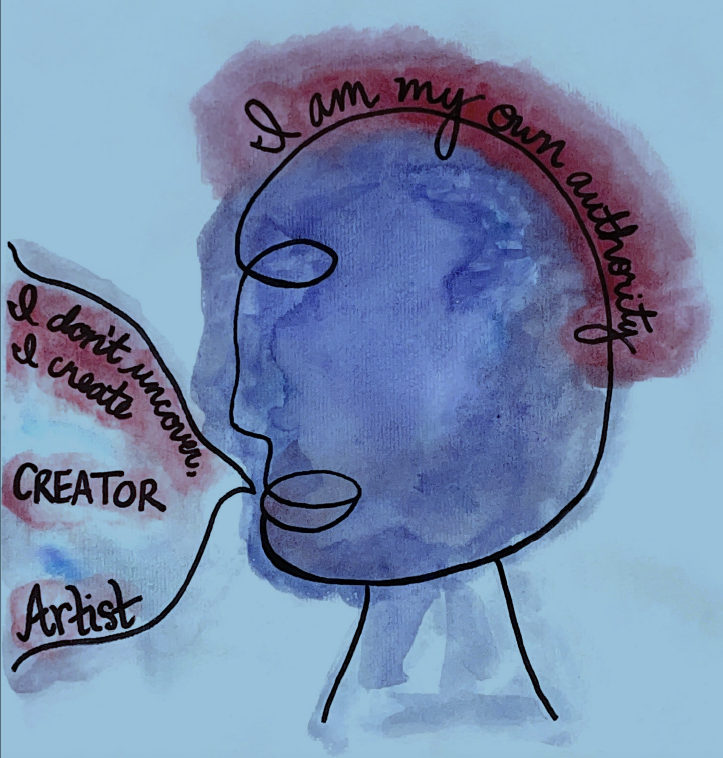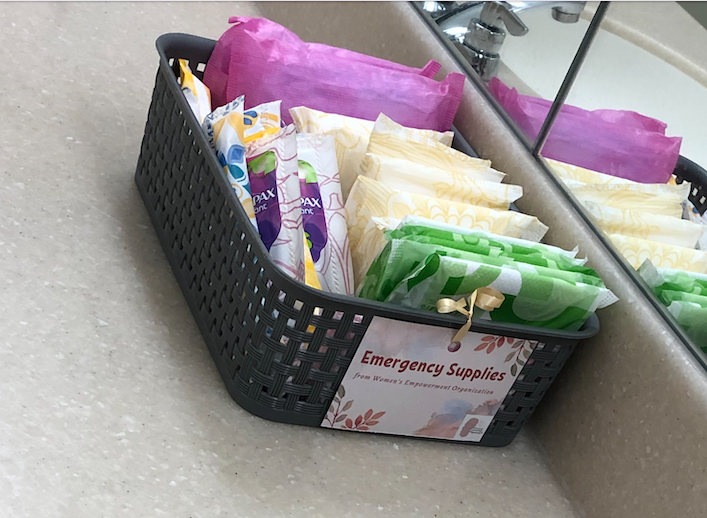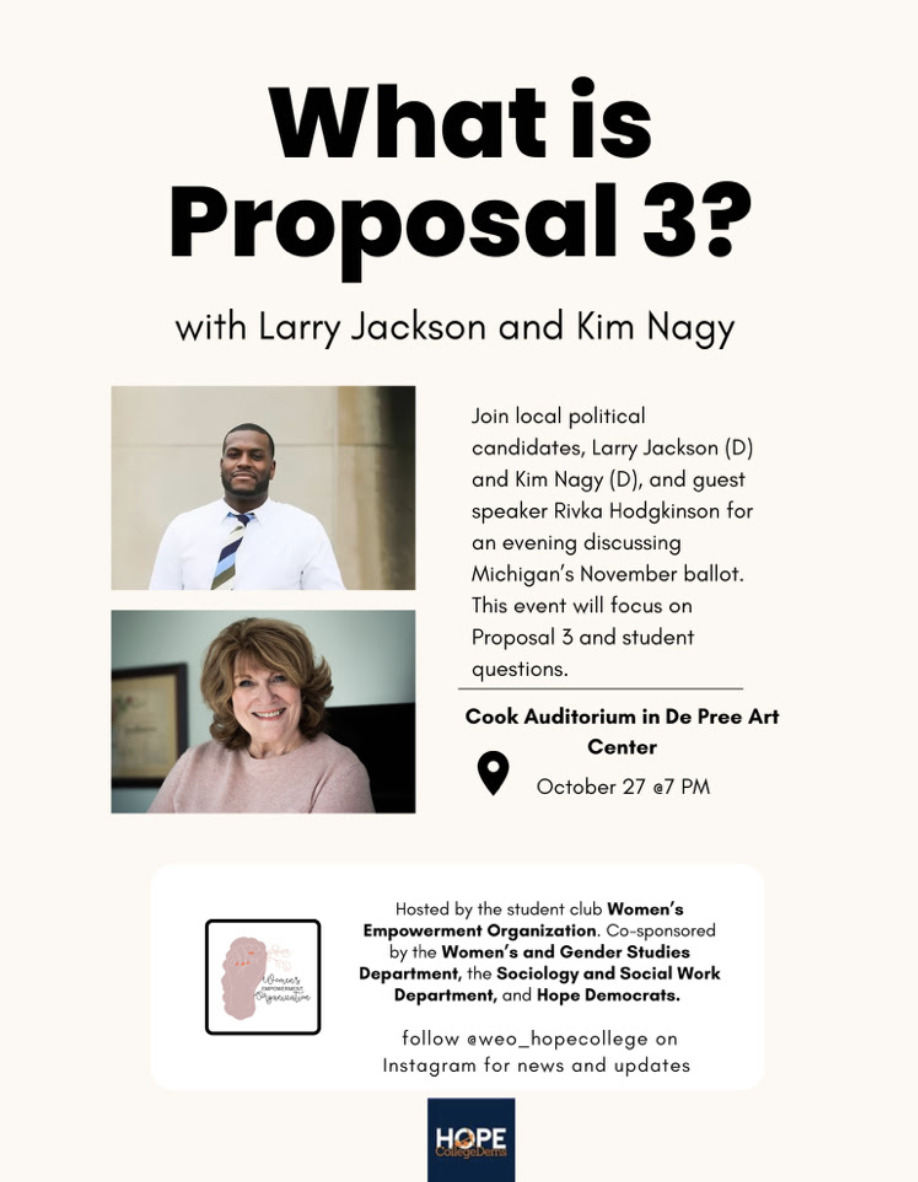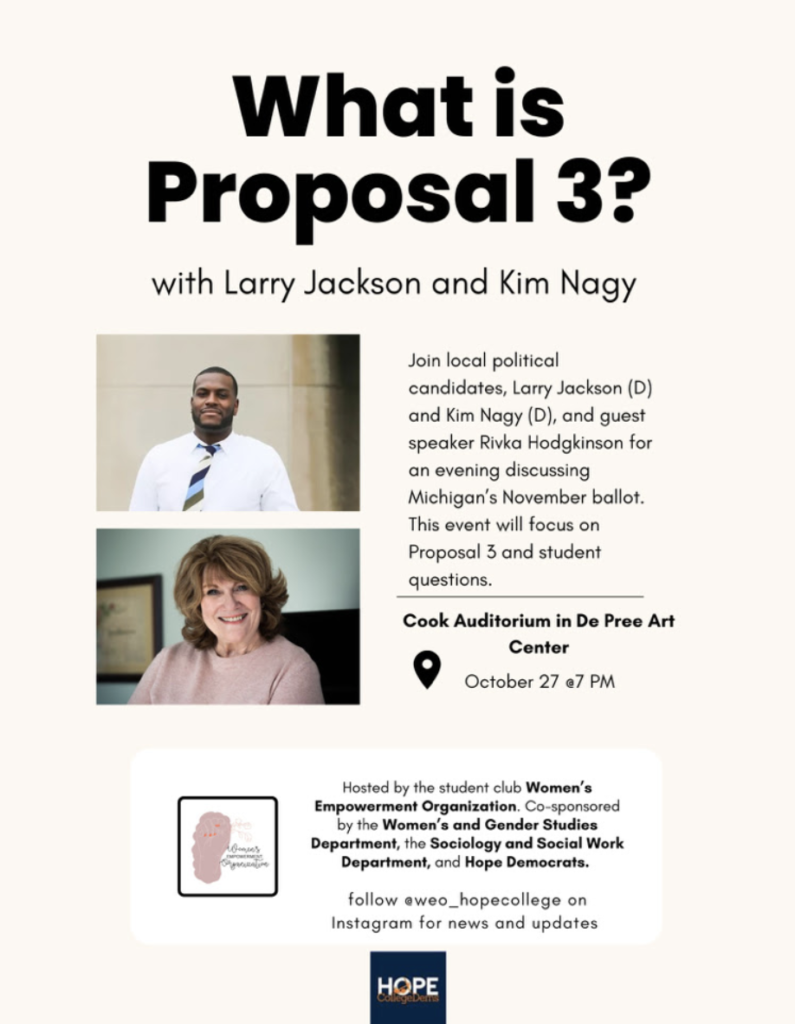The Women’s & Gender Studies Program at Hope College welcomes Dr. Katherine Goodwin (Ph.D. Baylor University) as an Assistant Professor in the WGS program!
The WGS program at Hope College has had a thriving major and minor for decades. We currently offer five stand alone WGS courses and an array of courses that are cross-listed with other departments (such as Gender and Society, Psychology of Gender, and Gender Communication). To date, however, all WGS courses have been taught by faculty who were originally hired by other Hope departments and who became affiliated WGS faculty and joined the WGS Council at Hope College. For instance, I (Dr. Sarah Kornfield) primarily teach for the Communication Department and usually teach one or two courses for the WGS program at Hope College per year. This is one of the key strengths of Hope’s WGS program: we are a truly interdisciplinary program with faculty who contribute their expertise from across the Arts, Humanities, Social Sciences, and Natural and Applied Sciences.
As WGS has grown over the past decade and as the WGS program became an intrinsic part of Hope’s curriculum and general education Anchor Plan, we needed a faculty member whose expertise and full commitment would be to teaching in this area. We are thrilled to announce the hire of WGS Assistant Professor Katherine Goodwin.
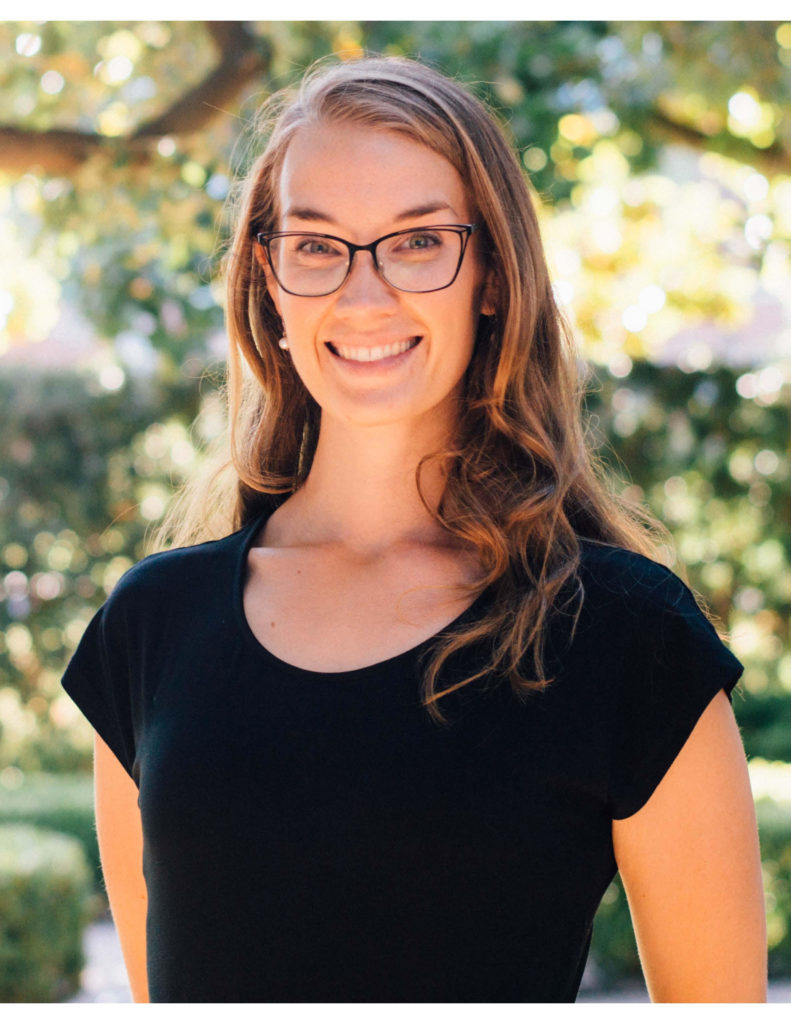
Dr. Goodwin is formally trained as a historian, with an emphasis on the Late Medieval and Early Modern European eras. Her feminist research specifically focuses on the hidden networks of women’s theological production within religious cultures during these eras.
In addition to scholarly publications and awards, Dr. Goodwin’s research has also been featured in popular culture venues such as Patheos’ newsletter, “The Anxious Bench.”
Join us for a brief interview with Dr. Katherine Goodwin!
What do you want your teaching and research to accomplish in the world?
I could say a lot here about the liberating potential of feminist pedagogy and the importance of understanding women’s history. At the end of the day, though, I hope that my teaching and research helps people think more deeply, complexly, and compassionately about themselves, the world, and what it means to be a Christian here and now. My primary vehicle for doing this has been women’s history – specifically, the history of late medieval and early modern women’s centrality in religious reform. Now I get to expand that research into the broader field of Women’s and Gender Studies. I am so excited to see how learning with and from Hope students will reshape my research questions and help me better engage the challenges in our communities with deeper compassion and commitment to celebrating the Image of God in all people.
What ideas/theories are currently the most exciting to you?
Right now I am particularly excited about feminist epistemologies of emotions and the field of emotions history. Attention to emotions – positive and negative, “appropriate” and “inappropriate” – helps us see how gendered our categories of acceptable behavior and knowledge are. A lot of my research has focused on how women used emotion in religious contexts to create a religious and social authority, especially as emotions were (and are) considered a legitimate (though easily abused) pathway of accessing knowledge about God. Even today we see how emotions are a powerful force for personal and collective good (and harm). I think that feminist methodologies that treat women’s experiences AND emotions as legitimate sources of knowledge can help us reconsider how we see power operating in a number of different contexts – both present and past.
What is your favorite feminist book (fiction or nonfiction)?
My most recent favorite feminist fiction is Rachel Kadish’s Weight of Ink. It blends history, philosophy, theology, and academics together in a gorgeous, haunting way and provides great reflections on the challenges and triumphs of female thinkers in different historical contexts. Besides, I’m a sucker for good historical fiction with a strong female lead. For non-fiction, Judith Bennet’s History Matters: Patriarchy and the Challenge of Feminism was my gateway into feminist scholarship. I didn’t encounter this until graduate school, and it was (and is) the perfect challenge to assumptions about the inevitability of progress in feminism and gender equality. It also gives a pragmatic approach to the “how’s” and “why’s” of feminism, which I love. We’ll read a chapter from it in WGS 130!
If you could wear or use one symbol of feminist activism (like the Bloomers outfits) what would it be?
I have a couple of the “Votes for Women” buttons that are really cool, but I’m still in the market for a yellow rose brooch. Suffragettes in Tennessee and elsewhere notably wore these as they marched for the vote, starting what some called America’s “war of the roses” (Check out Tennessee State Museum’s site on this!). Like Elisabeth Arden’s red lipstick, it became an everyday symbol of women’s rights that transformed “feminine energy” into a mark of activism.
Is there a feminist prayer or other resource your Christian tradition has for a future of peace?
I know there are many more official ones in the Book of Common Prayer and from other saints and sinners of the Christian tradition, but I’ll give you the first one that comes to mind. My favorite prayer is from a medieval woman named Margery Kempe. She was a pilgrim, mystic, and a very divisive figure (she cried ALL the time and believed it was because God was doing something special with her … can you see why question 2 above interests me??). She was brought before a number of different religious tribunals on accusations of heresy/disturbing the Christian peace, and before giving testimony she made one small prayer that boils down to this line: “I have come here for love of you.” I think and pray that prayer whenever I am in situations where I feel out of my depth, especially when there is serious disagreement theologically, ideologically, etc. Like Margery (I hope), I believe that we are called into various situations where truth, peace, or compassion are needed and so frequently rejected. Remembering that it is God who calls, leads, and equips us for whatever work or conversation we engage in helps me focus on the love of God that has led me to that moment, and the work of God in Christ to bring truth, reconciliation, and peace. Margery’s prayer helped her testify to the work of God in and through her. While I haven’t been miraculously delivered from being burned at the stake like she reportedly was, this prayer has helped me focus on being faithful in the hopes that the work I do inches us closer to experiencing the peace of God in the present and, hopefully, future.



